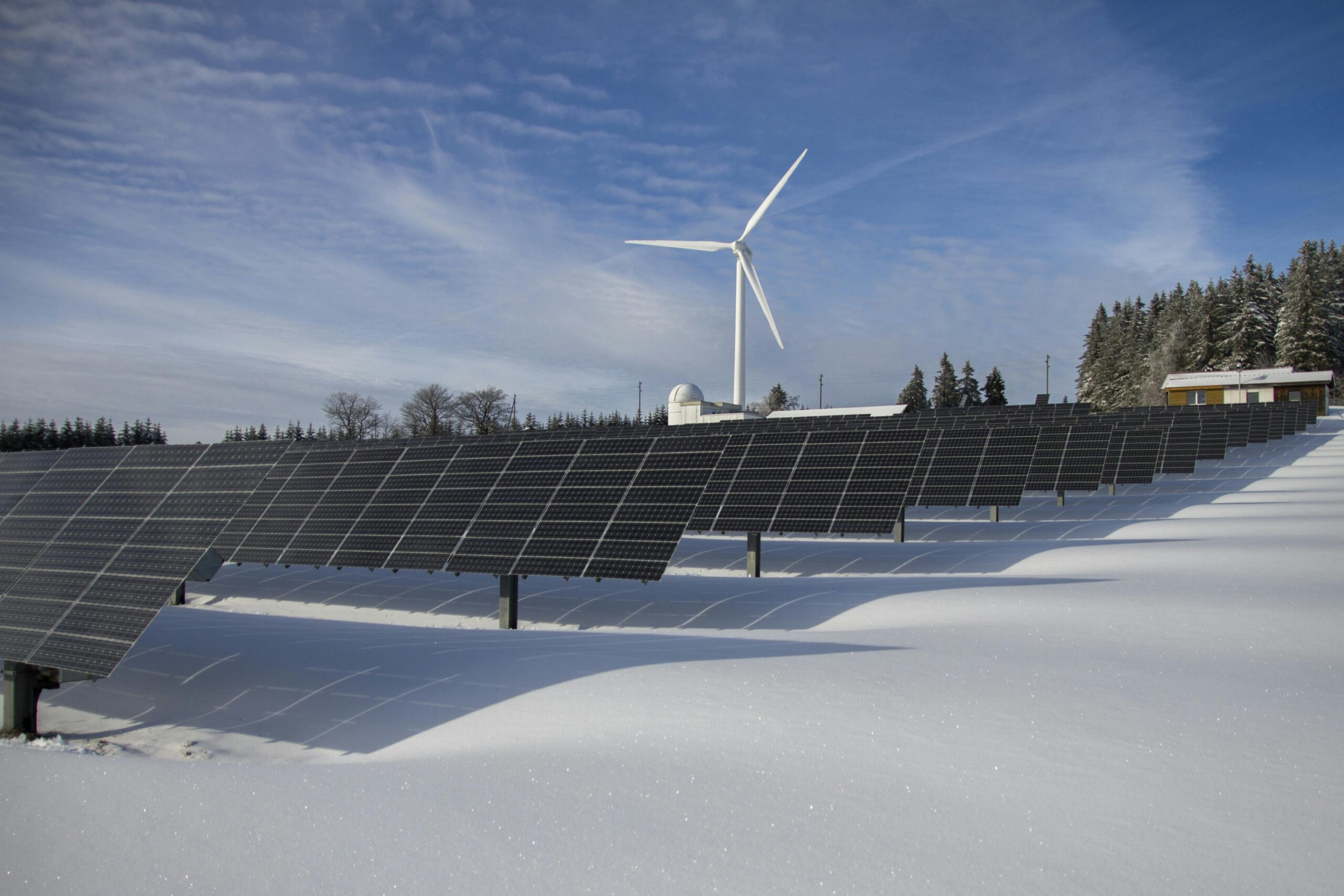
As the demand for renewable energy grows, the need for durable, high-performance solar installations has never been greater. One of the most critical aspects of a successful solar project is its foundation. Pile driving plays a vital role in ensuring the stability and longevity of solar arrays, particularly in utility-scale and commercial solar farms. At Ansgar Solar, our services are designed to provide precise, reliable, and environmentally conscious support systems that anchor solar panels against varying environmental conditions.
What Is Pile Driving?
Pile driving is the process of installing deep foundations by driving long, durable steel or concrete piles into the ground. These piles serve as the structural base for solar arrays, ensuring they remain secure against wind loads, soil shifts, and weather fluctuations. Unlike traditional concrete foundations, pile driving provides a faster and more cost-effective solution with minimal site disruption and environmental impact.
Why Pile Driving Is Essential for Solar Installations
Solar energy systems, particularly large-scale solar farms, are exposed to diverse environmental challenges, including:
- High winds and storms
- Varying soil conditions
- Temperature fluctuations
- Seismic activity
Without a robust foundation, solar arrays risk misalignment, structural failure, or costly repairs. Pile driving ensures the long-term performance and reliability of these systems by anchoring them securely into the ground.
The Benefits of Pile Driving for Solar Projects
1. Increased Stability and Durability
Pile-driven foundations provide unmatched structural integrity, ensuring solar panels remain properly positioned and efficient over time. Unlike shallow foundations, driven piles reach stable soil layers, preventing movement due to erosion or shifting soil.
2. Faster Installation Times
Time is crucial in solar projects. Pile driving is significantly faster than traditional foundation methods. Ansgar Solar’s advanced equipment and experienced operators ensure quick and efficient installation, reducing overall project timelines.
3. Environmental Sustainability
Minimizing environmental impact is a top priority for solar developers. Pile driving is an eco-friendly foundation technique, as it requires little to no excavation and eliminates the need for concrete, which has a high carbon footprint. Additionally, pile-driven foundations can often be removed and reused or recycled at the end of a solar farm’s lifecycle.
4. Cost-Effectiveness
Pile driving reduces costs associated with labor, materials, and maintenance. With faster installation and minimal site preparation, developers can allocate resources more efficiently, leading to a better return on investment.
Ansgar Solar’s Pile Driving Services
At Ansgar Solar, we specialize in precision-driven pile foundation solutions that ensure the stability and longevity of solar arrays. Our services are tailored to meet the needs of utility-scale and commercial solar projects, offering:
- Advanced Machinery: We utilize state-of-the-art pile driving equipment to ensure accurate installation.
- Expert Operators: Our experienced team ensures piles are driven to exact specifications, maintaining structural integrity.
- Site-Specific Solutions: We assess soil conditions and environmental factors to determine the best pile driving strategy.
- Sustainable Practices: Our environmentally conscious approach minimizes land disturbance and reduces material waste.
Key Considerations in Solar Pile Driving
1. Soil Analysis and Load Testing
Before pile installation, an in-depth geotechnical survey is conducted to determine soil composition, bearing capacity, and potential obstructions. This ensures that the piles used will effectively support the solar structure.
According to the U.S. Department of Energy (energy.gov), soil conditions play a crucial role in determining the stability of solar farm foundations. Poor soil conditions can lead to sinking or tilting, making thorough testing essential before pile installation.
2. Pile Selection
The type of pile used depends on soil conditions, project size, and environmental factors. Common options include:
- Steel piles: Durable and corrosion-resistant, ideal for most soil types.
- Concrete piles: Used in locations requiring extra reinforcement.
- Helical piles: Suitable for areas with soft or loose soil.
3. Depth and Alignment Precision
Piles must be driven to exact depths and angles to provide maximum stability. Ansgar Solar utilizes GPS-guided and automated systems to ensure precise alignment, preventing installation errors that could compromise the solar array’s performance.
4. Resistance to Wind and Seismic Forces
Strong foundations are necessary to withstand wind loads and seismic activity. The Federal Emergency Management Agency (FEMA) recommends incorporating resilient foundation designs to protect against environmental stressors in solar energy installations.
How Pile Driving Enhances Solar Efficiency
A well-anchored solar array performs better over time, minimizing maintenance costs and ensuring peak energy output. Some ways pile-driven foundations enhance efficiency include:
- Minimizing panel misalignment, which can reduce energy capture.
- Reducing shading and tilt adjustments due to shifting ground conditions.
- Improving load distribution, preventing stress fractures on the panels and mounting structures.
Conclusion
The foundation is the most crucial aspect of any solar installation, and pile driving is the superior choice for ensuring durability, efficiency, and sustainability. At Ansgar Solar, we provide top-tier pile driving solutions backed by advanced technology, expert craftsmanship, and eco-friendly practices.
By leveraging precision engineering and sustainable methods, we help solar developers create reliable energy infrastructure that stands the test of time. Whether it’s a small commercial project or a large-scale utility solar farm, our pile driving services set the groundwork for success.
For more information on how Ansgar Solar can support your next solar project, contact us today.
